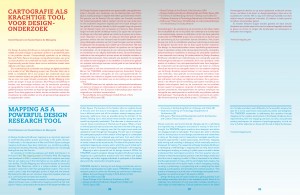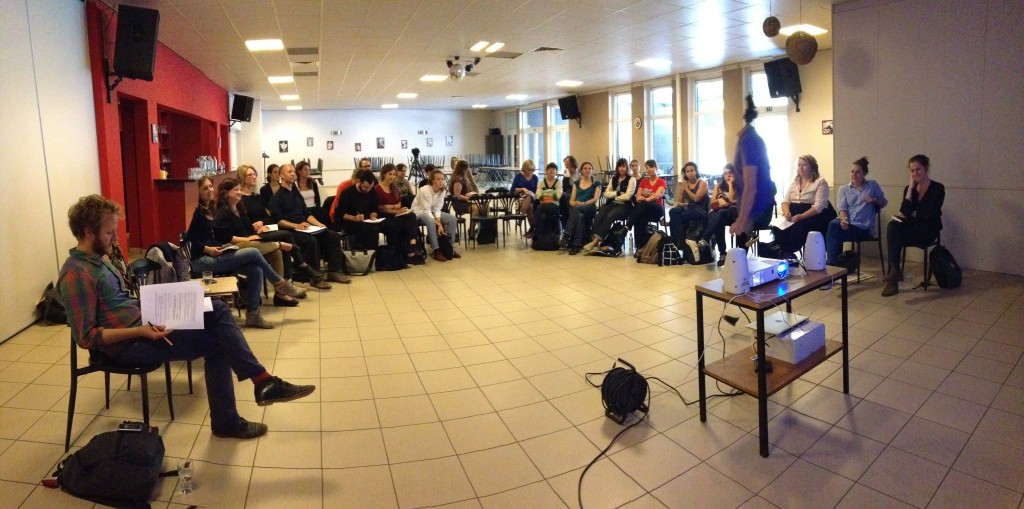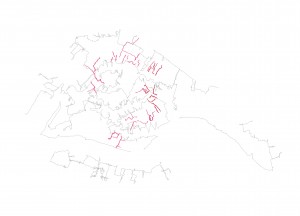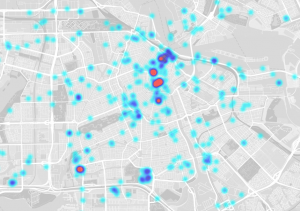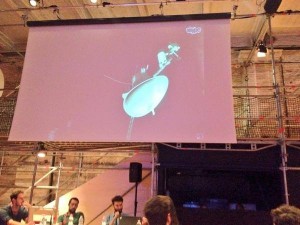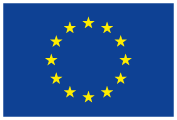Over the last two decades Europe has been witnessing an increased demand for participation when it comes to decision-making processes. Both citizens, demanding more direct forms of democracy, and governments, e.g the idea of ‘Big Society’ in the UK and the ‘Participation Society’ in the Netherlands, plea for civic self-organisation. The ‘Design, Social Media and Technology to Foster Civic Self Organisation’ conference, hosted by the University of Hasselt in collaboration with TRADERS, is organised around the idea that design and digital technologies play a crucial role in this development.
The conference is structured by the following tracks:
1. How can design, social media and technology encourage and empower citizens to take part in and/ or start up civic self-organisation practices?
2. How can design, social media and technology sustain civic self-organisation practices over longer time periods, and within a diversity of socio-economic contexts?
3. How can the impact of design, social media and technology on civic self-organisation practices be documented and evaluated?
Saba Golchehr (Royal College of Art) and Naomi Bueno de Mesquita (Design Academy Eindhoven) see data-mining and digital mapping technologies as potentially valuable approaches for durable participation. In a jointly written paper they focus on the second track; how design, social media and technology can sustain civic self-organisation practices over longer time periods, and within a diversity of socio-economic contexts. The abstract for this paper can be read here.
Read More
